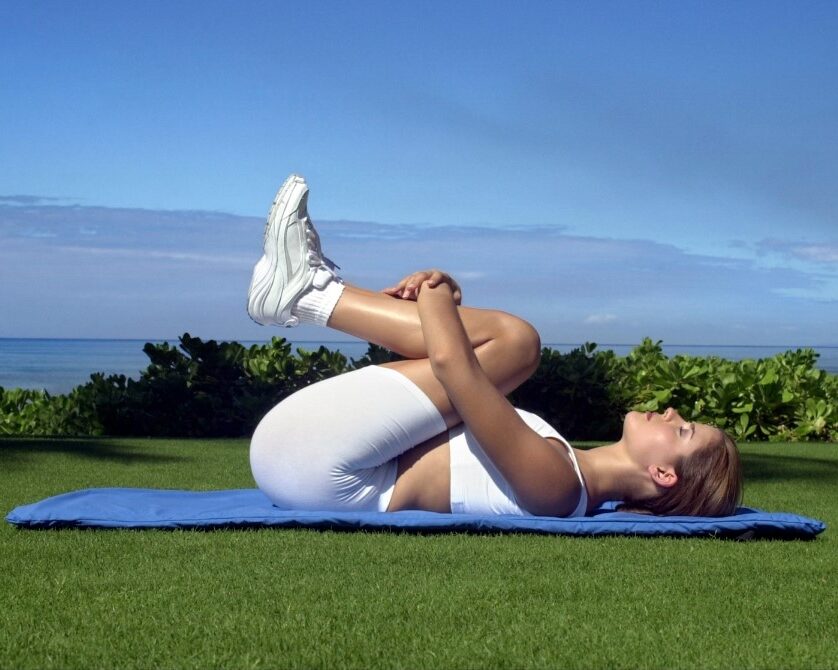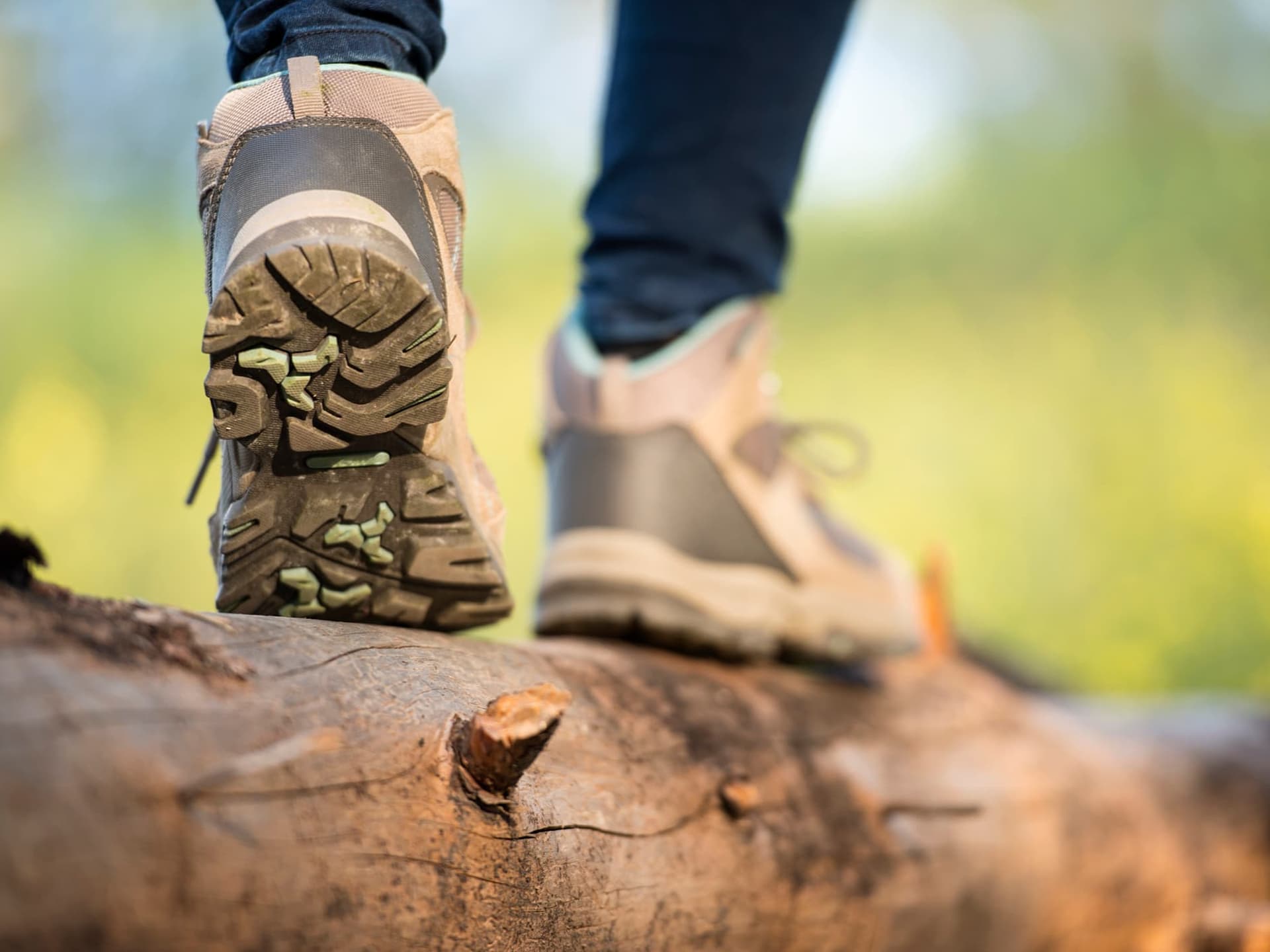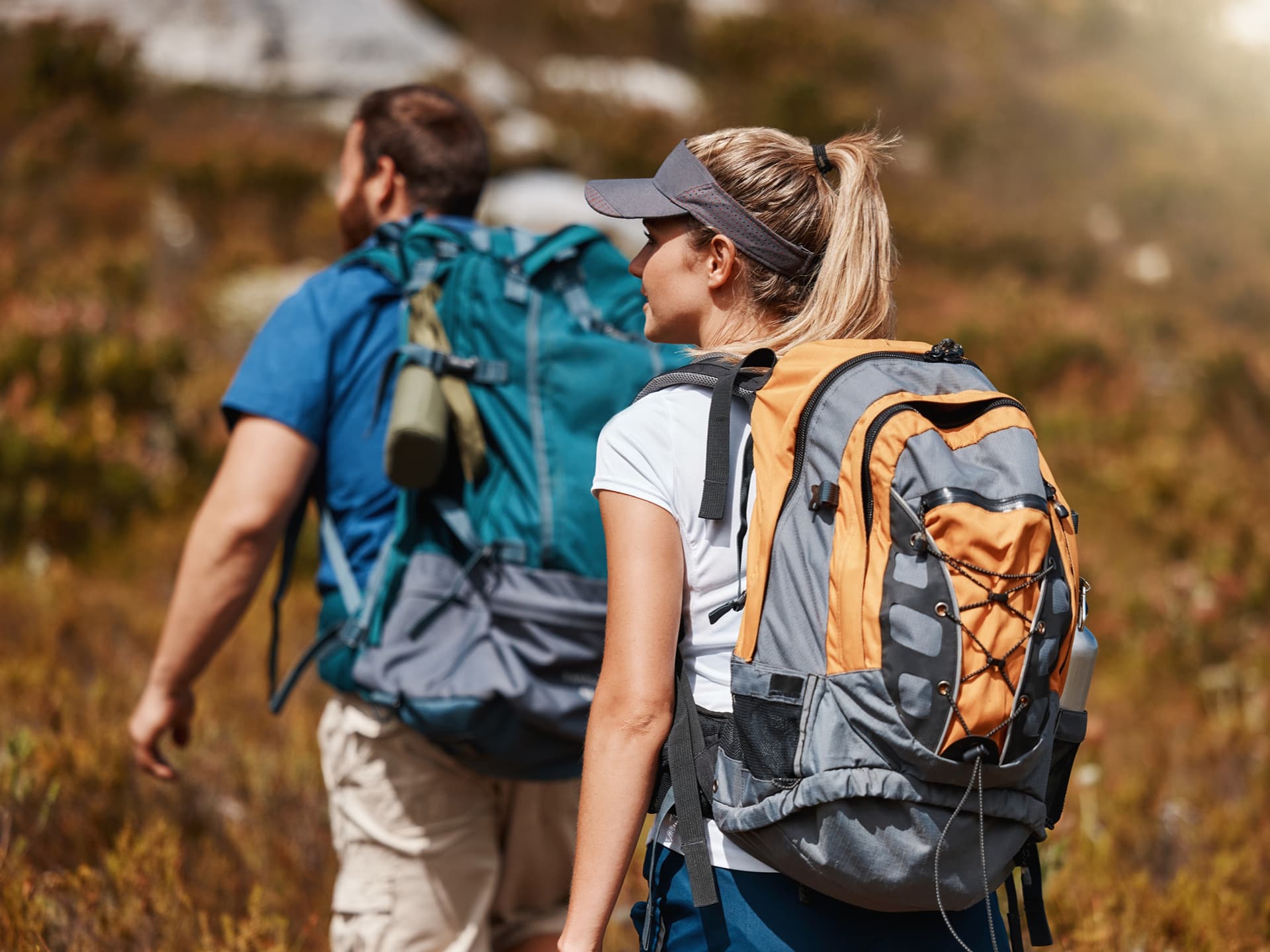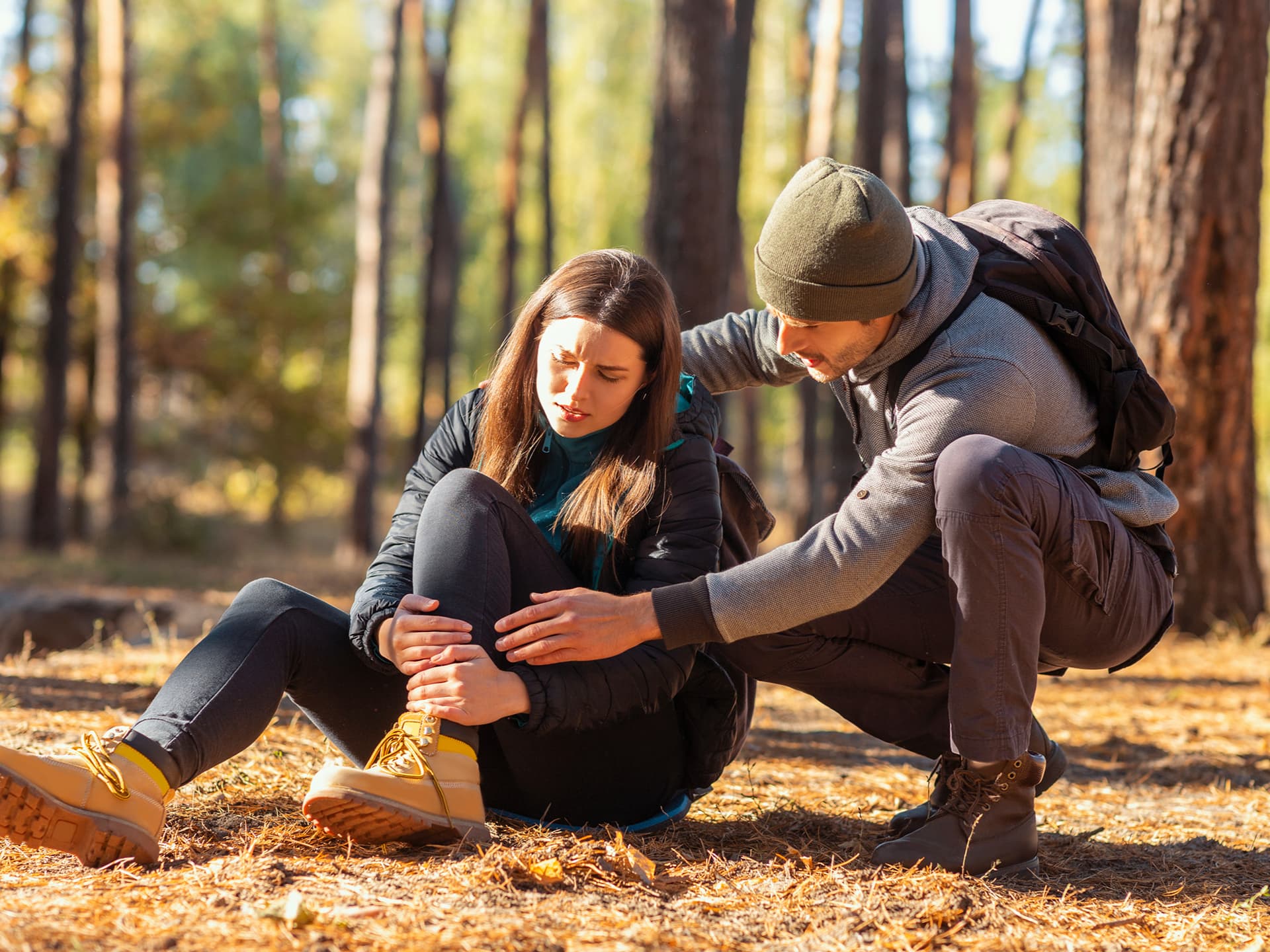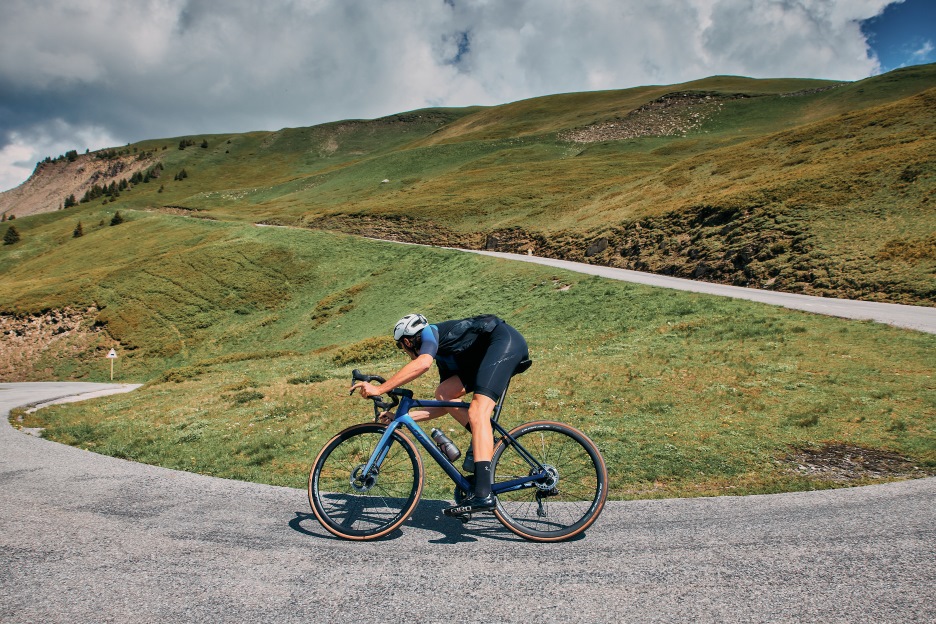Physical Preparation
for the Romea Strata journey
Training for the walk: building a solid foundation
Everyone has a different starting point, but the rule is universal: train gradually and consistently.
- Start with short walks on flat terrain, even just half an hour a day.
- Gradually increase duration and difficulty, incorporating uphills, dirt tracks, and changes in elevation.
- In the final weeks leading up to your trek, walk with a loaded backpack (ideally with the actual weight you’ll carry during the Romea Strata).
- Alternate walking days with recovery days; these are crucial for strengthening muscles and building endurance.




